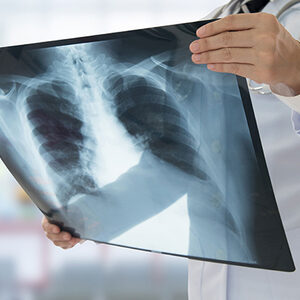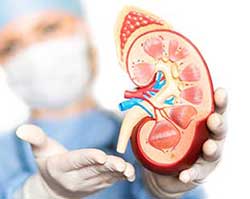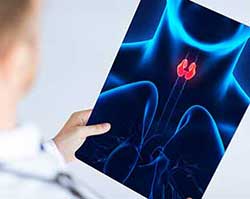Consult City's Top Doctors, The Minute You Need To
First Consultation starting
@ ₹349 ₹599
3961
Cardiologists
57970
Cases done
by Cardiologists
1534
Hospitals
Overview
Dislipidemia is the presence of an excessive amount of the lipids such as cholesterol, fat or triglycerides in the blood. Several factors can contribute to the development of dislipidemia such as raised level of insulin, O-GlcNAc transferase (OGT) etc. If you are suffering from such condition then it is advisable to get in touch with a reputed cardiologist or general physician.
Dyslipidemia Symptoms
Usually, there are no symptoms when hyperlipidemia develops. However, in rare cases when raised levels of lipids are present in the blood, yellow and raised bumps known as xanthomas appear on a person’s body.
Dyslipidemia Causes
There are various factors that can contribute to the development of dislipidemia. There are two types of dyslipidemia and here are the factors that contribute to the development of each.
Primary Dyslipidemia: In primary dyslipidemia, there is an abnormal level of lipids in the blood due to the mutated genes. The cause of primary dyslipidemia is heredity.
Secondary Dyslipidemia: Secondary dyslipidemia could be caused due to a host of factors such as follows:
- Diet of high sugar, high or poor fat
- No exercise and sedentary lifestyle
- Certain medications like beta blockers, oral contraceptives, drugs for treating HIV
- Liver disease
- Alcohol abuse
- Cigarette smoking
- Untreated Hypothyroidism
- Uncontrolled Diabetes.
Dyslipidemia and Diabetes Mellitus
Patients suffering from diabetes mellitus have increased low-density lipoprotein, low level of high-density lipoprotein cholesterol and raised level of triglycerides. The presence of a raised level of LDL is a key feature of dislipidemia. Dislipidemia in patients with diabetes mellitus increases the risk of atherosclerosis as well as the rate of nephropathy.
Diagnosis of Dyslipidemia
A patient is suspected to be suffering from primary dyslipidemia if he or she mentions about ‘family history’ of atherosclerotic diseases; has premature onset of atherosclerotic diseases (below 60 years of age) or his or her level of serum cholesterol is more than 240 mg/dL. By measuring the serum lipids, diagnosis of dislipidemia is confirmed. The routine lipid profile measurement includes TGs, total cholesterol (TC), LDL cholesterol and HDL cholesterol.
At mfine, you would come across the right dyslipidemia specialist who would suggest the right diagnostic procedures to confirm the presence of dyslipidemia.
Understanding Dyslipidemia
Researchers are working to understand the exact mechanism that results in chronic lymphoid leukemia. It is brought about by the ‘genetic mutation’ of the DNA of the blood-producing cells.
Dyslipidemia Treatment
Hyperlipedimia is not treated unless the condition is severe. Treatment is based on the severity of the raised level of lipids and the kind of the lipids affected. As part of the treatment, lifestyle modifications and low-cholesterol diet are suggested.
At mfine you would find efficient cardiologists and general physicians who would give you the right treatment and suggest changes in your lifestyle such as abstaining from smoking, increasing exercising and addressing the conditions that can lead to the development of the raised level of lipids in the body.
With the help of mfine, contact proficient dyslipidemia doctors near you.
Other Specialities
Give a missed call to 08061914343 to Download the App
































